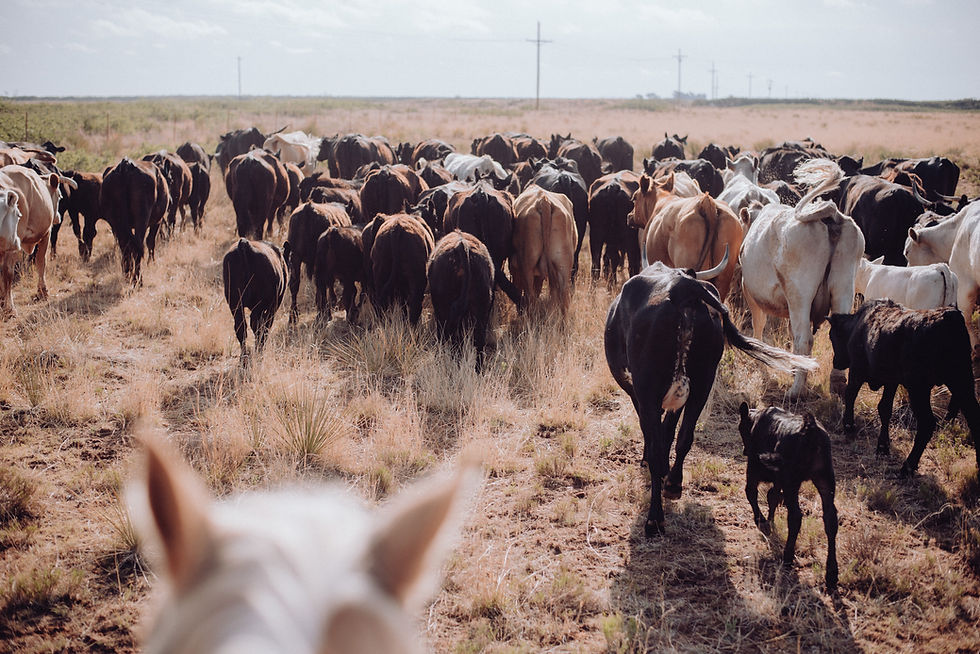
According to the meat industry's projections for 2023, there is likely to be a significant decrease in the beef supply, resulting in higher prices for consumers in the US and abroad. It is estimated that Americans will consume 5.6% less beef this year due to the shortage. In previous instances where the supply decreased, such as in 2003, prices for fed-steer increased by almost 25%. This trend was also observed in 2011 and 2014 when a decrease in supplies resulted in a 20% and 23% price increase, respectively.
The current meat shortage crisis is the result of several factors. One significant factor is a lack of supply, which has been caused by water shortages across the United States and high feed costs. These factors compelled ranchers to reduce their herd sizes last year, further exacerbating the issue. Additionally, the pandemic's lingering supply chain challenges, business closures, and labor shortages from 2021-2022 have also played a role in the decreased supply. These challenges have made it difficult for the meat industry to maintain a consistent supply chain, leading to supply chain disruptions and a shortage of meat in the market.

Graph provided by the United States Department of Agriculture
Another factor contributing to the shortage is a higher demand globally for beef in developing countries. According to the USDA, “During the first three quarters of 2022 (January – September 2022), U.S. beef exports to East Asia, including the Republic of Korea (South Korea), Japan, China/Hong Kong, and Taiwan, were a record $6.6 billion, exceeding last year’s exports of $5.4 billion, a 22 percent increase on a value basis”.
Environmental policy changes in New Zealand and the Netherlands have further complicated and amplified the shortage. These countries are actively discouraging the ranching and livestock industries, aiming to reduce the climate “impact” of meat production. These policy changes further reduce the supply of beef and hurt the global economy.
The meat shortage is expected to force meat producers to make adjustments and update their operations to meet changing consumer demands. As a result, they may need to reduce their margins or shift their focus to alternative types of meat. This could also result in the closure of small, local meat producers, who may struggle to compete with larger, established players in the industry. Unfortunately, this would be a continuation of the trend of small farms closing down in the United States, with over 100,000 already closed due to the challenges.
Though cattle prices have been trending higher since 2020 and the trend has continued into 2023, production costs will also remain high, as energy, feed, fertilizer and other input costs will remain elevated.













